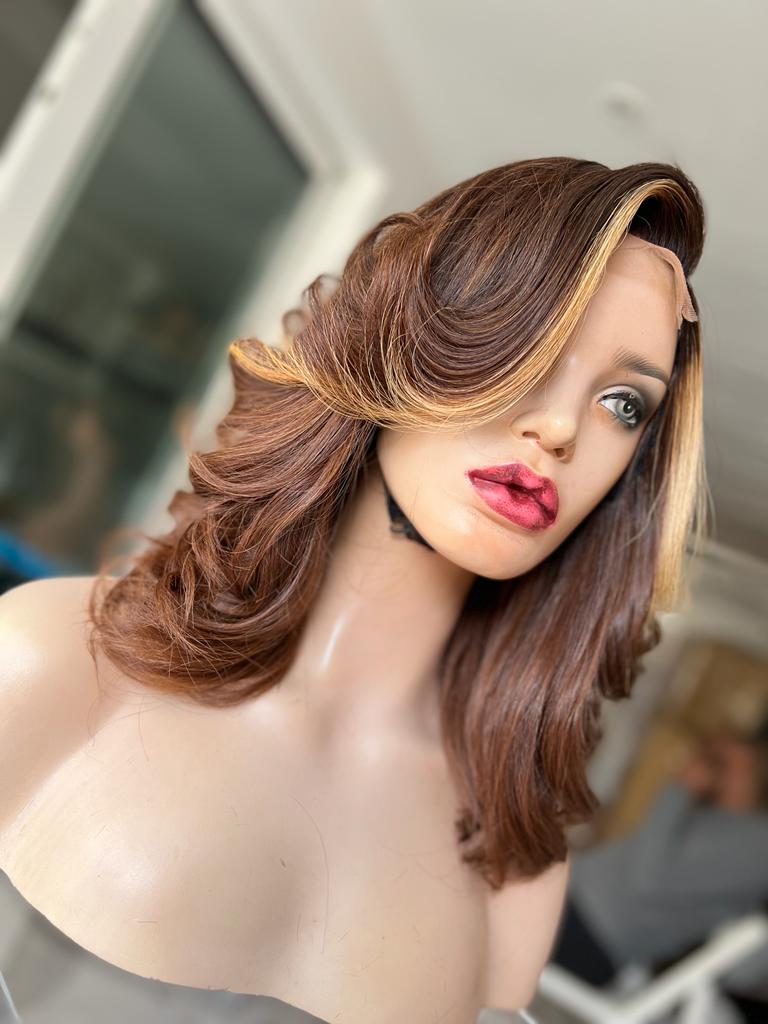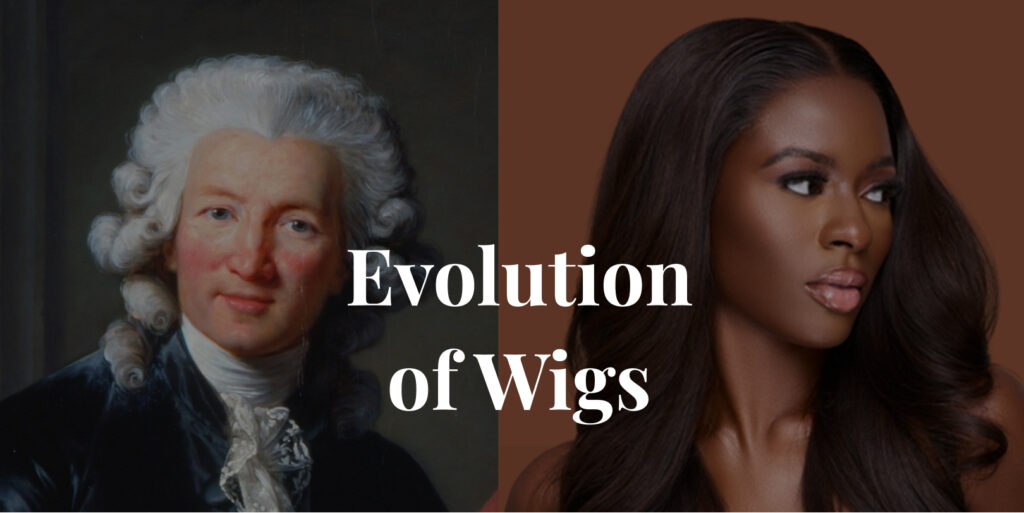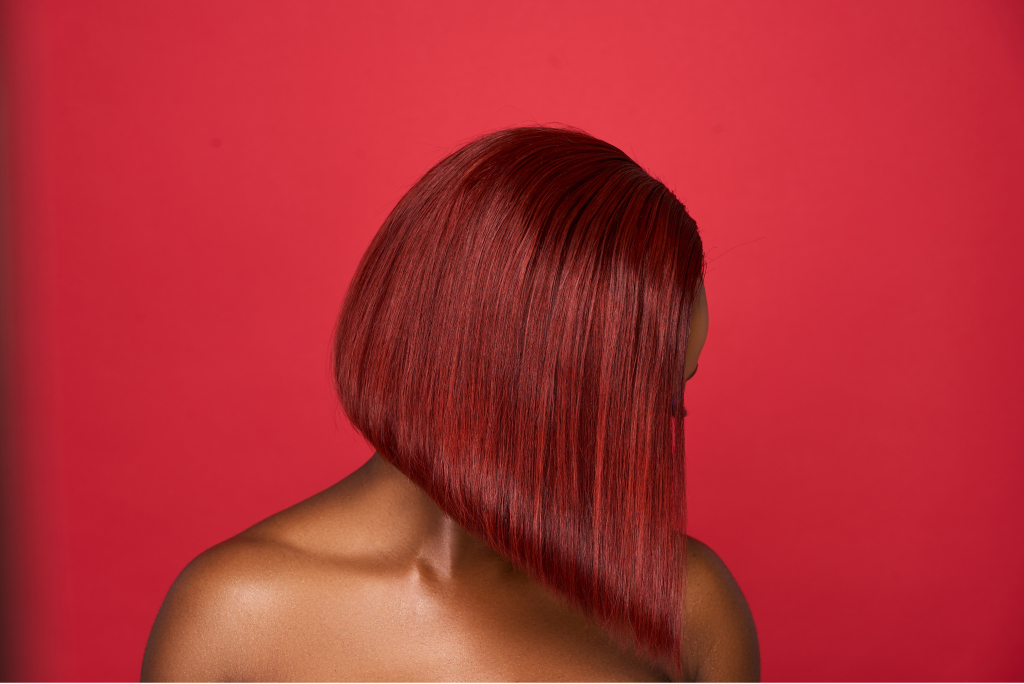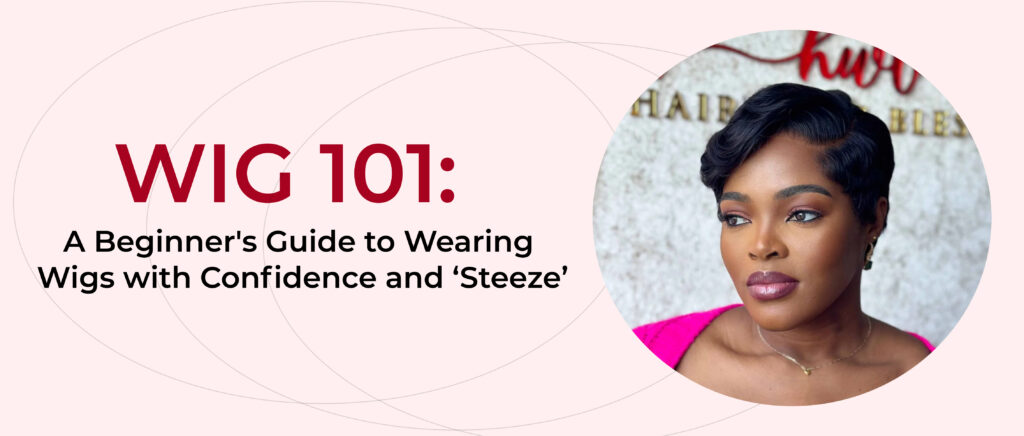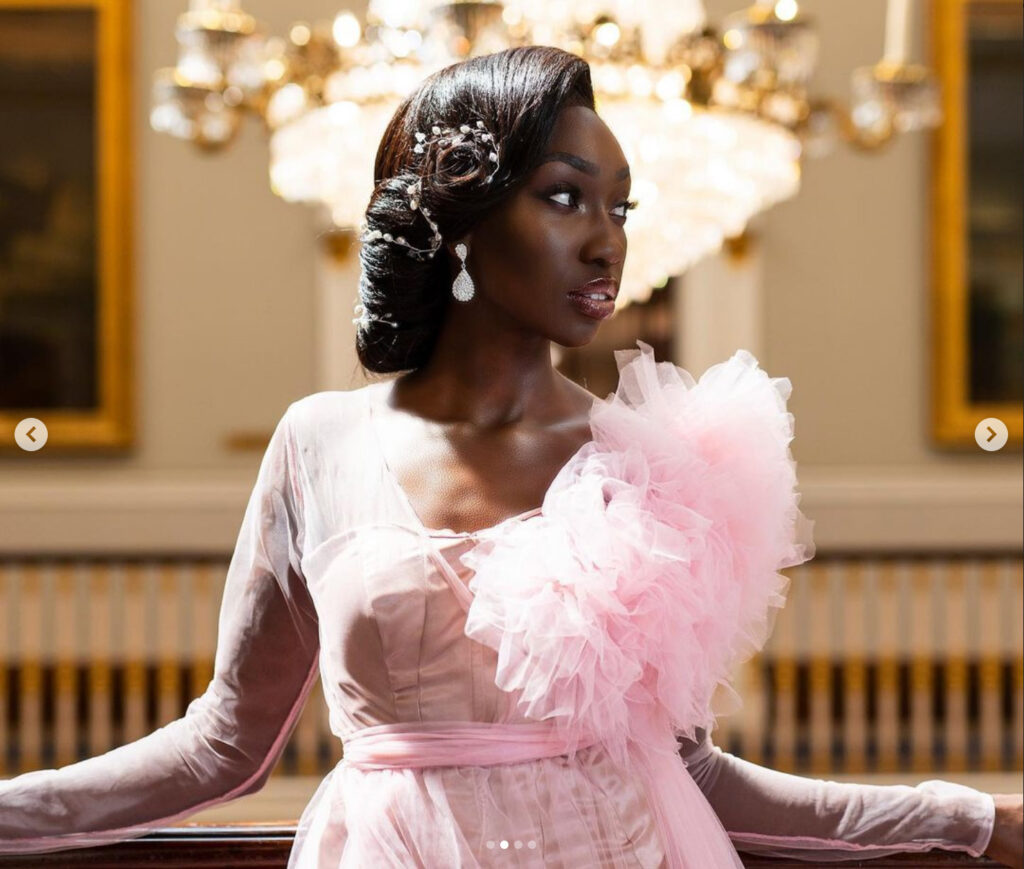Looking at that beautiful piece of hair you just got, you can’t wait to wear it and flaunt it. You say a quick prayer to whoever thought of wigs and invented them because they now save lives.
Over the years, wigs have evolved in style, texture, and color. A wig is a fake hair covering you wear on your head, for example, if you have little hair or wish to cover up your natural hair.
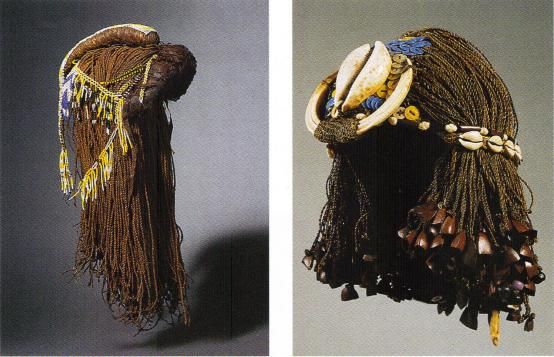
Wigs are not newly invented beauty products; they date way back to 3400 BC in ancient Egypt.
That era had another fashion sense, and of course, the wigs were used for different purposes.
Egypt is known to be a hot country, and during this period, the Egyptians found it difficult to manage their hair, and as such, they resorted to shaving their heads. To protect their heads and also look fashionable, they created wigs out of fiber, leaf, wool, animal hair, and human hair.
Even in the ancient strata, wigs were also used to separate the lower class from the elites. The elites had beautiful wigs made with human hair and other adornments; the lower class had wigs made from fiber and leaf.
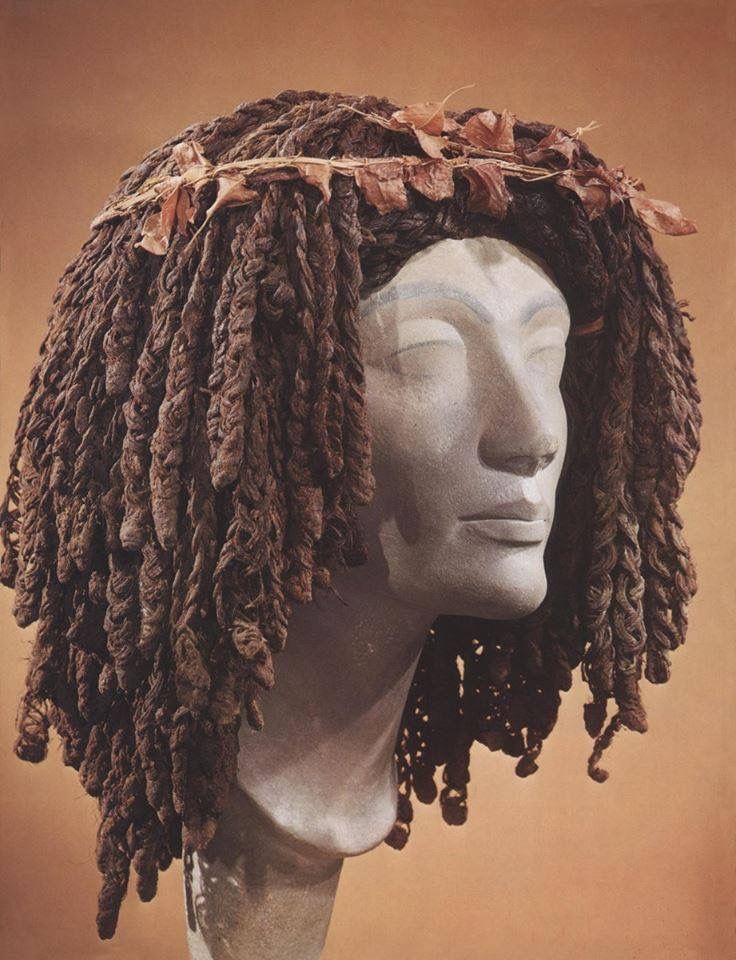
Imagine not having the present-day equipment used to make wigs; that must have been a demanding task. The wigs were expensive to make, and it took weeks before one was successfully installed.
In that era, wigs were worn for special occasions and to protect their heads from head lice.
Wigs didn’t just stop with the Egyptians.
It changed once more. For their special occasions, the British and the French also wore wigs. However, it was more of a masculine fashion than a female vogue at the time. Their wigs were powdered. Also, it was known as the “white-colored wig.”
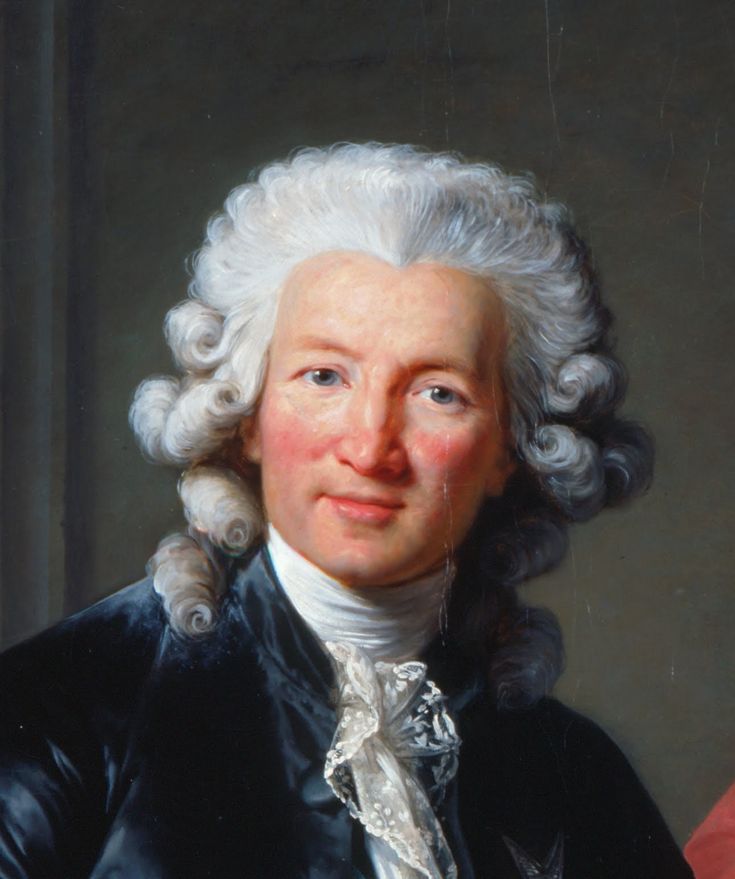
The French King accepted wearing wigs since his hair was falling off. He will wear the wigs while conducting his royal duties each morning after having his hair shaved by the staff. Wigs were employed, as in previous centuries, to distinguish the upper class from the middle class.
It was fashionable, the center of their style, and highly pricey. Those without the means had to style their hair to resemble one.
Let’s move on to the period when wigs became widely available. This was the age when wig manufacturers achieved their greatest success. They fully committed and developed a variety of wig hairstyles, including pompadour rolls, frisettes, fringes, switches, and fronts. It was a full-fledged enterprise. The hairdressers enjoyed a successful line of work.
The entertainment sector encouraged the usage of wigs around the turn of the 20th century. The musicians and performers frequently wore wigs when they entered the stage. They were wearing elegantly cut wig designs. Big, curly afro hair became popular later in 1970. Black Americans, men, and women embraced the dramatic afro wigs more and more. The adoption of these wigs by black entertainers helped to further establish their popularity.
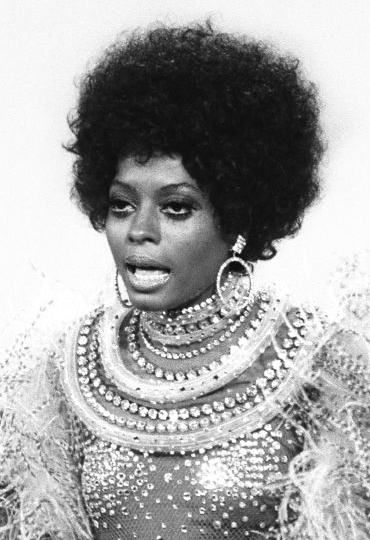
Black people’s natural hair texture was an afro, and afro wigs rose to popularity during the Civil Rights and Black Power movements. Before this time, the only options for wig-making were straight styles, but with the introduction of curly, large hair, individuals had options. It signaled the start of innovation in the wig industry.
Wigs of the present day are distinct from wigs of the past. Modern tools and creativity allowed people to switch from wearing synthetic to human hair wigs. Contrary to earlier wigs, those used today have a significant improvement in authenticity and fashion. Modern wigs feature lovely tresses and natural hairlines, unlike wigs from the past.
Wigs today cost a reasonable price. People who couldn’t afford human hair in the past had no choice but to wear synthetic wigs, but today, thanks to a wide range of pricing points, every woman can wear one.
Various individuals can boldly and stylishly rock their wigs. They come in different designs and hues. There are several installation methods, including a frontal, a closure, and others, for the hairlines.
What about the texture? Modern wigs come in a variety of textures, ranging from curly to bone straight. There are numerous options available. Wigs are no longer restricted to a single style or color. They are now styled to match your natural hair.
Wigs are also worn by cancer patients who lost their hair after chemotherapy and by ladies who have permanent hair loss. The evolution of the wig is fascinating. It shifted from functionality to fashion. Not only that, but it allowed ladies a simpler and faster way to appear beautiful without breaking the budget.
